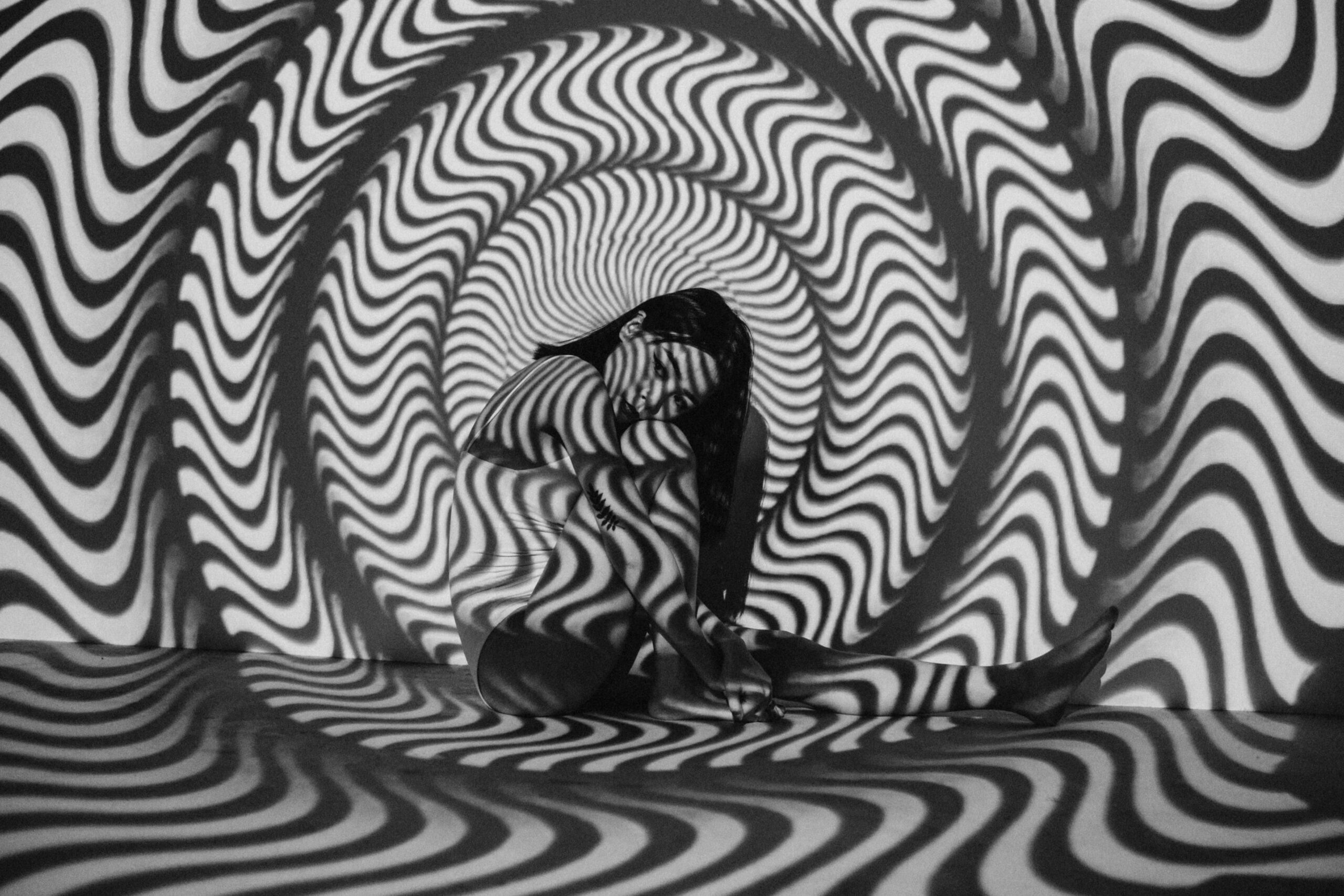What is Hallucinogen Drug?
The type of drug that changes a person’s insight into reality is known as a Hallucinogen. Hallucinogens make a person hear, see and feel things that aren’t real, or alter their interpretation of what’s going on around them, that is why they are also known as Psychedelic drugs. Some are quickly affected; others take longer to take effect. Presence under the effect of a hallucinogen is usually called ‘tripping’.
Types of hallucinogens
Hallucinogens come in a number of different forms. For example:
- LSD is a powerful drug – typically, small squares of blotting paper or gelatin are soaked in LSD, which are then swallowed, although it may also come in tablets or capsules.
- PCP usually comes in the form of tablets, capsules, or powders of various colors. It is sometimes smoked, but usually, it is injected, sniffed, or swallowed.
- Ketamine is used by veterinarians and health care professionals as an aesthetic. It is frequently used illegal hallucinogen. It can be taken as tablets or pills and can also be dissolved in liquids. It is usually swallowed, snorted, or injected.
- Magic mushrooms can be cooked, boiled into a drink, or eaten raw.
- Mescaline from the peyote cactus can be found as a white powder, while dried, ground peyote buttons can be found as capsules. It can be smoked or chewed, but it is usually swallowed.
- Ayahuasca is a plant-based hallucinogenic tea. It is used in parts of South America traditionally, it has become popular amongst western travelers.
Synthetic hallucinogens
In Australia, a wide variety of synthetic products, claiming to have alike effects to hallucinogens, have also been available in recent years. A number of chemicals can possibly be active constituents in these products. These man-made hallucinogens include PMA and NBOMes and are often sold as other drugs, yet contain very different constituents, leading to possibly unexpected and harmful effects
How hallucinogens work?
To alter the brain’s understanding of sensory input, hallucinogens target specific parts of the brain. For example, a person may be looking at an empty wall, but his hallucinating brain may understand the blank wall as swirling and moving, or maybe covered in insects.
Effects of hallucinogens
The effects of hallucinogens depend on the strength of the dose, the type of drug, the working of the person taking them, and their mind’s state.
Usually, the effects of hallucinogens commonly include:
- hallucinations of sight, sound, taste, and touch
- a blurring of the senses, such as sounds being ‘felt’ or colors being ‘heard’
- feeling detached from the body
- distortions of time, direction, and distance
- relaxation
- accelerated heart rate
- dilated pupils
- nausea and loss of appetite.
Hallucinogens and ‘bad trips’
Hallucinogens are unpredictable drugs. Just as somebody has a pleasurable ‘trip’ the first time, doesn’t guarantee they will continuously have pleasant experiences.
Every person runs the danger of having a ‘bad trip’. It includes symptoms such as extreme panic, nightmarish hallucinations, nausea, and paranoia. Having a mixture of bad and good experiences in one trip is also possible.

Other side effects can include:
- loss of coordination and muscle spasms
- unconsciousness and convulsions
- aggressive, violent behavior, and hostile
- Catatonic syndrome, that results into a ‘zombie-like’ state.


